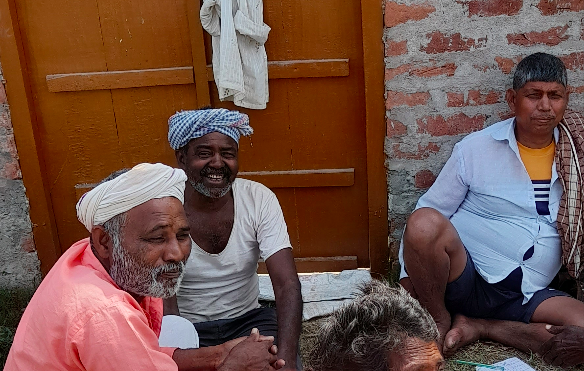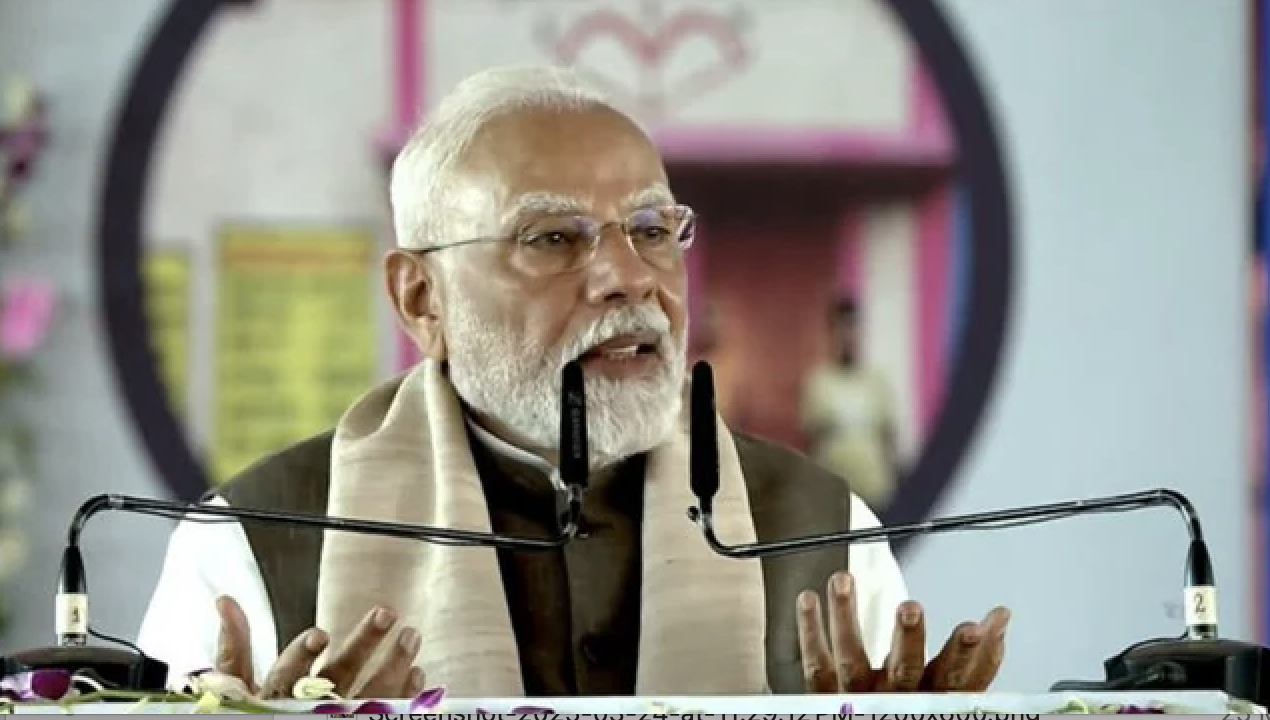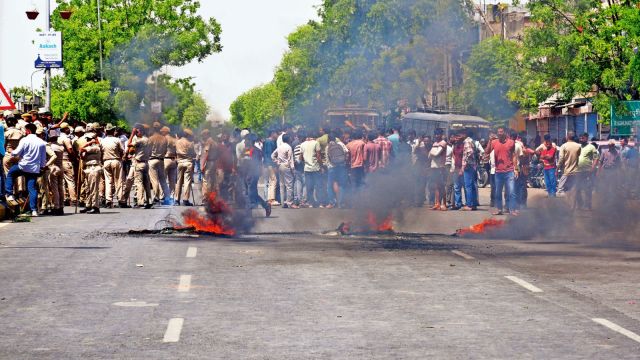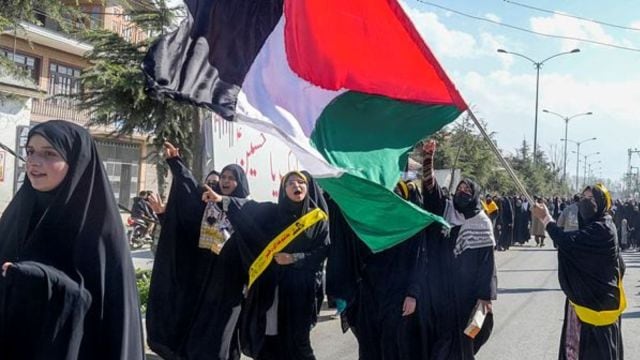
For decades, Dalits have been the Achilles heel of the Hindu nationalist movement, led by the Rashtriya Swayamsevak Sangh (RSS) and its numerous outfits. Although the movement professes to work in the interest of all Hindus, its upper caste ethos disregards Dalits’ demands for social, economic, and political equality.
It claims to oppose untouchability, but does not reject the caste system per se. To paper over these contradictions, the RSS, its political wing the Bharatiya Janata Party (BJP) and their cultural allies strive to unite the different castes by inculcating aversion for groups that are not Hindu. The most prominent amongst these are the Muslims.
The agenda of the Hindu nationalists is thus designed in a manner that allows Hindus as a whole to exert dominance over this religious minority. Discussions with Dalits in the districts of Gorakhpur in eastern Uttar Pradesh and Saharanpur in western Uttar Pradesh reveal high levels of support for the key demands of this agenda.
This support reflects Dalits’ indifference towards the rights of Muslims, but importantly, is not accompanied by outright prejudices for the group. This presents a crucial opportunity in the efforts to stop the juggernaut of Hindu nationalism.
Construction of the Ram temple
The Ramjanmabhoomi campaign began in the 1980s to agitate for a Ram Mandir at the site of the sixteenth-century Babri Masjid, built by the Mughal emperor Babur. The demand lay on the assertion that the mosque was constructed over a temple that marked the exact birthplace of Lord Ram, a claim that lacks undisputed evidence. The mosque was made a symbol of Muslims, having little regard for the religious sentiments of Hindus.
This story was originally published in thewire.in. Read the full story here.






